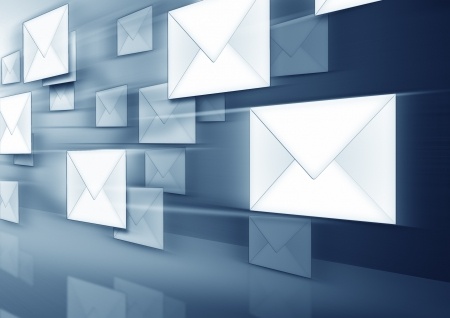 Defining the history, current, and likely future of the usage of POP3 accounts, IMAP, and the integration of such technologies and original (back to the 1980’s) concept is not a very complicated or impractical lesson. In fact, thanks to the development and continued application of IMAP and POP3 accessibility, modern email interfaces and services such as Hotmail (Outlook), Gmail, and even Yahoo have the continued capacity to modernize their technologies, service methods, and utilities in which they receive, retrieve, store, and otherwise recall “lost” information or correspondences when it comes to your private–or professional—email account.
Defining the history, current, and likely future of the usage of POP3 accounts, IMAP, and the integration of such technologies and original (back to the 1980’s) concept is not a very complicated or impractical lesson. In fact, thanks to the development and continued application of IMAP and POP3 accessibility, modern email interfaces and services such as Hotmail (Outlook), Gmail, and even Yahoo have the continued capacity to modernize their technologies, service methods, and utilities in which they receive, retrieve, store, and otherwise recall “lost” information or correspondences when it comes to your private–or professional—email account.
While many modern email providers still have the capability to link to IMAP and POP3 accounts, many individuals and professionals alike elect not to do so, and the continued modernization of email providers has heavily contributed to a lack of desire, as well as blatant level of inflexibility among such email account access utilities.
Meanwhile, the modern world of correspondences—emails—and communications for various professionals and individuals alike continues to gravitate towards an even more sophisticated and modern concept; the cloud network and information to data storage, restoration, and accessibility.
Unlike basic POP3 and IMAP accounts, individuals find many common—and free—email service providers much more convenient because it simply takes care of all the minor tasks that consume time, such as filing, receiving, organizing, and automatically storing correspondences with predesignated options. The flexibility and accessibility of today’s modern email service providers also heavily contributes to the choice of using these internal, pre-programmed or designated platforms. Not to mention, now cloud service networks make it all the more simply to access email and other files or data with ease, contrary to the complex requirements or experiences commonly associated with the more “old fashion” POP3 and IMAP email providers or utilities and services.
Maintaining access to emails hosted on a server remains a breeze with modern email service providers, and likewise accessing or viewing emails is also made simple and more practical, as the read or accessed status simply and immediately carries across all platforms within the same account—so gone are the days that you read an email on one device, yet it remains unread in another or manual folder and file management is necessary.
Another big reason that individuals and especially professionals rely on popular and more modern email providers such as Outlook 365, or perhaps cloud-networking email services is because the storage capacity, as well as flexibility and process is made much more durable, consistent, and simple. Gone are the days of managing, copying, storing, and protecting PST files and the complications involved with such. Therefore, those—especially business owners and professionals—that rely less on POP3 and IMAP accounts can dedicate more time and energy on more productive tasks rather than management roles or troubleshooting correspondences, files, servers, etc.
Lastly, thanks to synchronization features and access, those whom opt-out of many retro-like POP3 and IMAP email service providers and rather rely on cloud-based email technology, can in turn access and enjoy the pleasure of having most of their data or correspondences restored, managed, and even retrieved with much greater convenience and less of an individualized demand involved.
Image credit: Markus Gann
